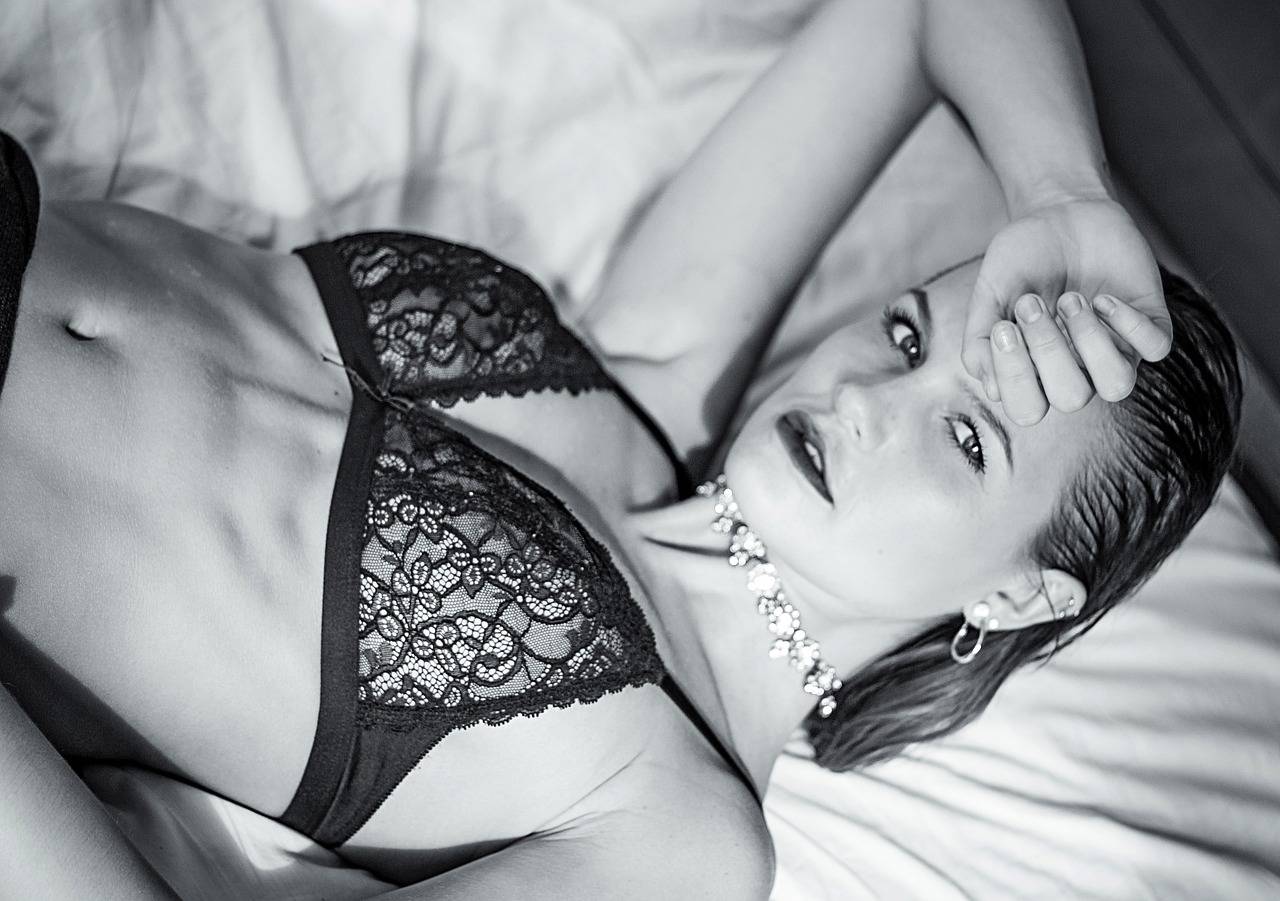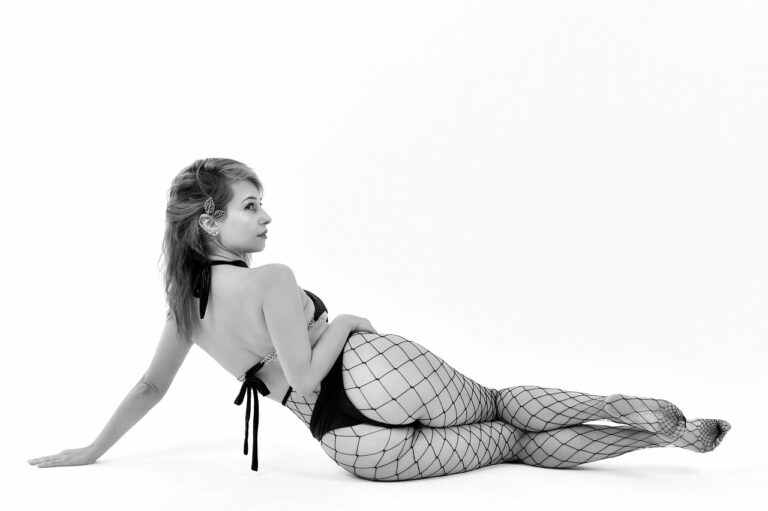Fashion in Literature: Analyzing the Role of Clothing in Classic Novels
Exploring classic literature reveals the nuanced role of clothing as more than mere fabric draped on characters. In stories from Austen to Dickens, attire serves as a storytelling device that conveys social norms, individuality, and even symbolic meanings. Through the description and use of clothing, authors provide readers with a window into the characters’ personalities, societal roles, and cultural context.
The choice of clothing in classic literature often extends beyond aesthetic appeal to mirror the characters’ inner thoughts and external circumstances. From the symbolism of colors to the details of fashion trends, every sartorial choice is deliberate and significant. This attention to attire underscores the depth of storytelling in classic literature, where even a single garment can speak volumes about a character’s identity and the world they inhabit.
Heading 2: Clothing as a Symbol of Social Status
In classic literature, clothing often serves as a powerful symbol of social status, subtly conveying the hierarchy of characters within the story. Through the intricate descriptions of attire worn by characters, authors subtly communicate their social standing and the privileges or constraints that come with it. Clothing choices, whether extravagant or modest, can reveal the character’s position in society, their wealth, and their access to resources.
Additionally, the details of clothing in classic literature can also highlight the disparities between social classes, emphasizing the divisions and inequalities that exist within society. Characters from lower social strata are often depicted in plain or worn-out garments, contrasting with the opulence and sophistication of those in higher positions. These symbolic representations of clothing not only enrich the narrative but also provide deeper insight into the societal norms and values of the time period in which the story is set.
Heading 3: Clothing Reflecting Character Traits
In classic literature, the clothing worn by characters often serves as a visual cue that reflects their inner characteristics. For instance, a protagonist may be depicted in tattered, worn-out attire, symbolizing their struggles and hardships. This visual representation allows readers to immediately grasp the character’s resilience and determination in the face of adversity. On the other hand, a character adorned in luxurious, extravagant clothing may signify their vanity and superficiality, hinting at their preoccupation with outward appearances rather than deeper virtues.
Additionally, clothing choices can also reveal a character’s personality traits and moral values. A character who consistently dresses in somber colors and modest garments may be viewed as humble and down-to-earth, embodying virtues of simplicity and humility. In contrast, a character who flaunts vibrant, ostentatious attire may be perceived as flamboyant and attention-seeking, showcasing their extroverted nature and desire for recognition. By carefully crafting the clothing descriptions of characters, authors can effectively convey their personalities and moral compass to readers, enriching the narrative with layers of symbolism and depth.
• Characters in tattered, worn-out attire symbolize struggles and hardships
• Characters in luxurious, extravagant clothing may signify vanity and superficiality
• Clothing choices reveal personality traits and moral values
• Characters in somber colors and modest garments may be viewed as humble and down-to-earth
• Characters flaunting vibrant, ostentatious attire may be perceived as flamboyant and attention-seeking
How does clothing reflect character traits in classic literature?
In classic literature, clothing is often used as a tool to symbolize a character’s personality, values, and motives. For example, a character dressed in elegant and expensive clothing may be seen as wealthy and sophisticated, while a character in ragged clothing may be perceived as poor or humble.
Can clothing be used to show a character’s moral values?
Yes, clothing choices can indeed reflect a character’s moral values in literature. For instance, a character who consistently dresses modestly and conservatively may be seen as virtuous and morally upright, while a character who dresses provocatively may be perceived as morally questionable.
How do authors use clothing to convey a character’s social status?
Authors often use clothing to indicate a character’s social status by describing the quality, style, and cost of their attire. Characters who wear designer labels and expensive fabrics are typically portrayed as belonging to a higher social class, whereas characters in simple or worn-out clothing may be depicted as lower in status.
Can clothing choices change throughout a story to reflect character development?
Yes, authors frequently use changes in a character’s clothing choices to signify their growth and development throughout a story. For example, a character who starts off wearing drab and unremarkable clothing may transition to more stylish and sophisticated attire as they undergo personal transformation and self-discovery.





